Popular Types of Pasta
There are two main types of pasta: dried and fresh pasta. Fresh pasta is typically made for immediate consumption in specialized Italian restaurants. Dried pasta, on the other hand, can be easily found in stores and supermarkets and has a shelf life of up to two years.
Depending on the shape, whether it be long or short strands, thick or thin, shell-shaped, twisted, bow-shaped, or star-shaped, there are hundreds of different types of pasta. The most common varieties include Spaghetti, Fusilli, Penne, Macaroni, and Fettuccine.
Additionally, you can explore products from well-known brands such as Vifon, which offer quality pasta options that are equally delicious and ensure a healthy dining experience.
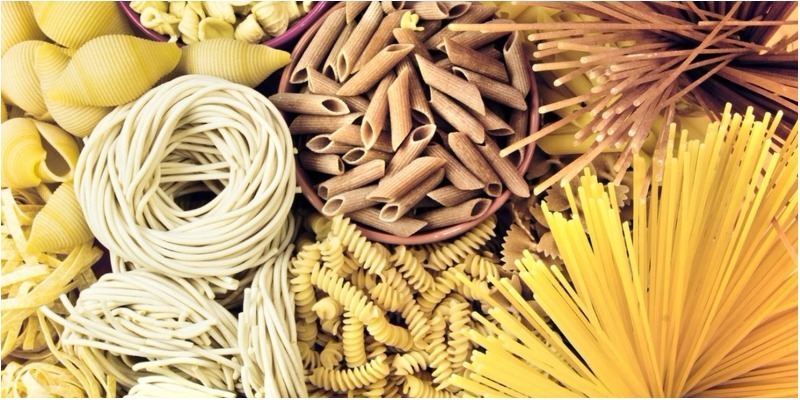
Cooking Pasta Without Sticking
To avoid sticky pasta, it is recommended to cook the pasta in a large pan or pot. For a 500-gram package of pasta, you will need approximately 4 liters of water.
Adding oil and salt to the water helps prevent the pasta strands from sticking together, while also enhancing their flavor.
If you’re still concerned about the pasta strands sticking together after draining, you can sauté some chopped scallions in oil and mix them with the drained pasta. This ensures that the pasta remains separate and non-sticky.
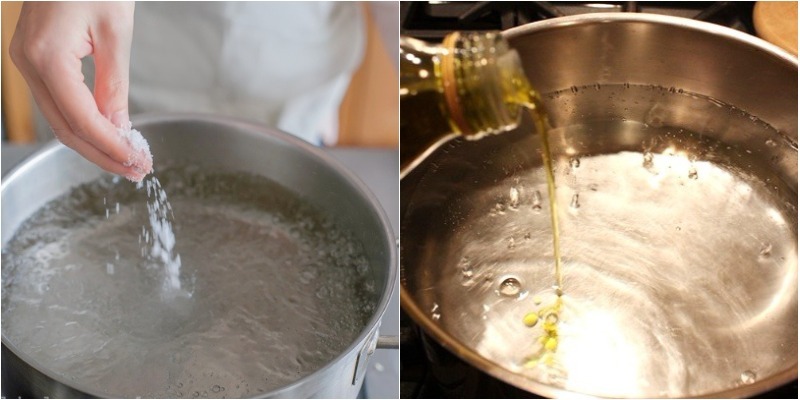
Keeping the Pasta Strands Intact During Cooking
To prevent the pasta strands from breaking or becoming mushy during cooking, it is important to add the pasta to the pot once the water has reached a rolling boil. After 30 seconds, the submerged part of the pasta will start to soften. At this point, use a pair of tongs to gently stir the pasta so that all of it is immersed in the water.
Avoid stirring too much, as this can cause the strands to break. Instead, gently stir the pasta in a circular motion using tongs to separate the strands and ensure even cooking.
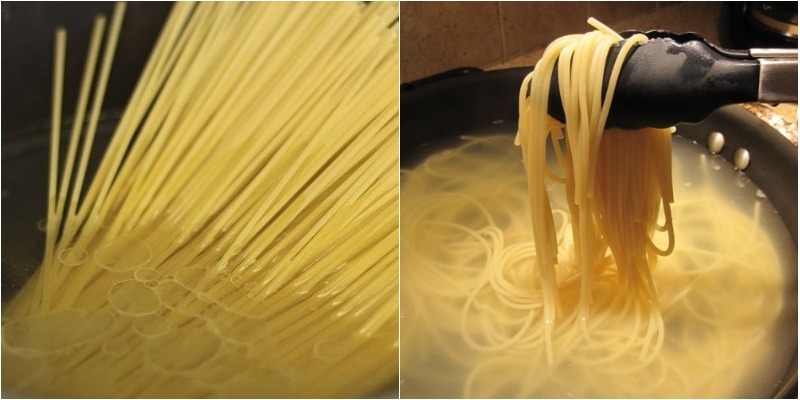
Cooking Time for Pasta
For the best results, pasta should be cooked al dente, retaining a slight firmness and elasticity. Therefore, it is important to pay attention to the cooking time.
– Thick or stuffed pasta: 12-15 minutes
– Small pasta shapes: 5-8 minutes
– Fresh pasta: 3-5 minutes
– Stuffed pasta, such as ravioli: 8-12 minutes, depending on the size and thickness of the dough
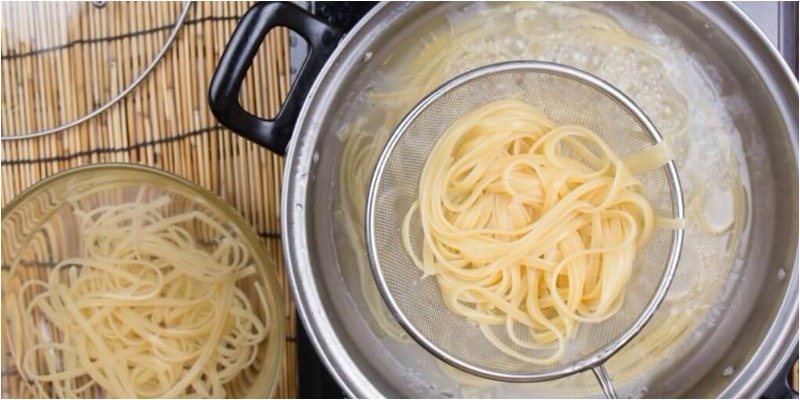
Notes on Cooking Pasta
When cooking pasta for seafood-based sauces, it is recommended to boil the pasta until it is slightly firm. This allows the pasta to continue cooking when combined with the sauce, ensuring it absorbs more of the sauce’s flavors.
If you enjoy adding cheese to your pasta dishes, it is suggested to sprinkle grated cheese over pasta dishes that are stir-fried. For baked pasta dishes, use shredded cheese. For stuffed pasta or macaroni, opt for thin slices or shredded cheese, adding it towards the end of the cooking process.

There are several important considerations to keep in mind when boiling pasta that will be used in sauces or combined with other foods. These tips will ensure that your pasta dishes are not only delicious but also retain their nutritional value.
How to Match the Perfect Sauce to Different Types of Italian Pasta
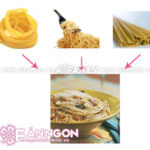 Sauce to Different Types of Italian Pasta’>
Sauce to Different Types of Italian Pasta’>Discover the art of creating delicious Italian pasta dishes with this guide to pairing pasta and sauce!


































